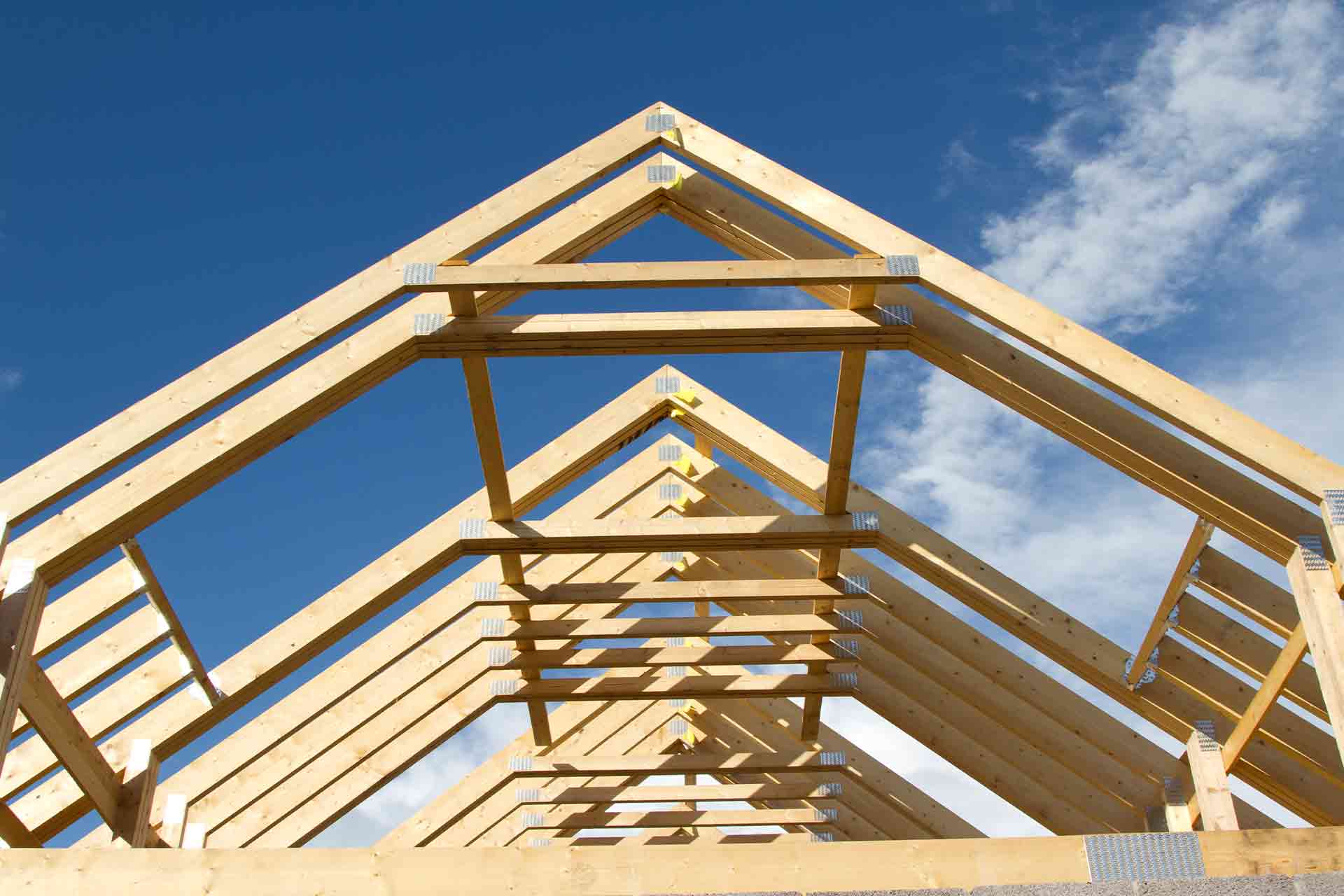

Articles
How Much Does Roof Trusses Cost
Modified: September 2, 2024
Discover articles about how much roof trusses cost, including factors influencing the price, materials used, and installation expenses.
(Many of the links in this article redirect to a specific reviewed product. Your purchase of these products through affiliate links helps to generate commission for Storables.com, at no extra cost. Learn more)
Introduction
When it comes to constructing a new roof or replacing an existing one, one of the most crucial components to consider is the roof trusses. Roof trusses are the structural framework that supports the roof and distributes its weight evenly across the walls of the building. They play a vital role in ensuring the stability and integrity of the roof.
However, it is important to understand that roof trusses come at a cost. The cost of roof trusses can vary significantly depending on a variety of factors, such as the size and complexity of the project, the type of materials used, and the location of the building. In this article, we will explore the various factors that can impact the cost of roof trusses and provide you with some valuable insights to help you estimate and plan your budget accordingly.
Before we delve into the specifics, it is essential to note that roof trusses are typically custom-made to fit the unique requirements of each project. As a result, there is no one-size-fits-all pricing model for roof trusses. The cost will be influenced by several variables that we will discuss in detail throughout this article.
So, if you’re curious about how much roof trusses might cost for your construction project, keep reading to gather the necessary information to make an informed decision.
Key Takeaways:
- Understanding the factors influencing roof truss costs, such as size, complexity, materials, and location, is crucial for effective budget planning and avoiding financial surprises during construction projects.
- Implementing cost-saving strategies, such as efficient planning, material optimization, and clear communication with suppliers, can help reduce roof truss installation expenses without compromising quality and safety.
Read more: How Much Does Roof Maxx Cost
Factors Affecting Roof Truss Costs
Several factors can influence the cost of roof trusses. Understanding these factors can help you estimate the overall expense and make informed decisions about your project. Let’s take a closer look at the main factors that affect roof truss costs:
- Size and Complexity of the Project: The size and complexity of the roof design play a significant role in determining the cost of roof trusses. Larger roofs with intricate designs require more materials and labor, resulting in higher costs. The more complex the design, the more time and expertise it takes to manufacture and install the trusses.
- Roof Pitch: The pitch or slope of the roof affects the difficulty of constructing the trusses. Steeper roofs require more precise cuts and additional bracing, which adds to the manufacturing and installation costs.
- Roof Load: The anticipated weight that the roof trusses will need to support is another crucial factor. Different buildings have different load requirements based on various factors like weather conditions, snow load, and specific building codes. Higher load requirements may necessitate the use of stronger and more expensive truss materials.
- Location: The location of the construction project can impact roof truss costs. Variations in labor costs, transportation expenses, and regional building regulations can affect the overall cost of manufacturing and installing roof trusses. For example, if the project is in a remote area, transportation costs may be higher, leading to increased expenses.
- Materials: The choice of materials for roof trusses can greatly impact the cost. Common materials include timber, steel, and engineered wood. Each material has its own set of advantages and price points. Timber is generally the most economical option, but for specific applications, steel or engineered wood may be necessary, albeit at a higher cost.
These are the main factors that can influence the cost of roof trusses. It’s important to consider each of these factors before estimating the total cost of your project. By having a clear understanding of these variables, you can better plan your budget and ensure that your roof truss installation stays within your financial constraints.
Types of Roof Trusses
Roof trusses come in various designs, each suited for different construction needs and architectural styles. Understanding the different types of roof trusses can help you choose the right one for your project. Here are some of the most common types:
- King Post Truss: The king post truss is one of the simplest and oldest truss designs. It consists of a vertical central post, two inclined rafters, and a tie beam connecting the bottom ends of the rafters. The king post truss is commonly used in simpler roof structures with shorter spans.
- Queen Post Truss: Similar to the king post truss, the queen post truss features two vertical posts located on either side of the central vertical support. This design provides additional stability and can accommodate larger spans. Queen post trusses are often used in larger residential and commercial structures.
- Scissor Truss: A scissor truss has two sloping beams that cross each other and create a triangular shape. This design allows for a higher ceiling height and provides an open and spacious feel to the interior. Scissor trusses are commonly found in cathedral ceilings or areas where a vaulted ceiling is desired.
- Gambrel Truss: Gambrel trusses are often associated with barn-style roofs. They have a symmetrical design with two slopes on each side. The upper slope is relatively flat, while the lower slope is steeper. This design maximizes the available headroom in the attic space and provides a classic and charming look.
- Flat Truss: As the name suggests, flat trusses have a horizontal top chord and a flat roof profile. They are commonly used in commercial and industrial buildings where a flat roof is preferred for functional purposes.
These are just a few examples of the many types of roof trusses available. There are also custom-designed trusses that incorporate elements from different designs to meet specific project requirements. When determining the type of roof truss to use, consider the architectural style of the building, the desired ceiling height, and the overall structural requirements.
By choosing the right type of roof truss, you can not only ensure the stability and functionality of your roof but also enhance the aesthetic appeal of your structure.
Basic Costs of Roof Trusses
The cost of roof trusses can vary depending on several factors, including the size of the project, the complexity of the design, and the materials used. While it’s challenging to provide an exact cost without knowing specific details, we can provide a general range to give you a rough estimate. Keep in mind that these figures are not fixed and can fluctuate based on various circumstances.
On average in the United States, the basic cost of roof trusses can range anywhere from $4 to $12 per square foot. This estimate typically includes the design, manufacturing, and delivery of the trusses to the construction site. However, it’s important to note that this cost doesn’t include the installation expenses, which will depend on factors like labor rates and the complexity of the project.
The size of the project plays a significant role in determining the cost of roof trusses. Smaller projects with simpler designs tend to have lower costs per square foot, while larger projects with intricate designs can drive the cost up. Additionally, the choice of materials can also impact the overall cost. Timber trusses are generally more affordable compared to steel or engineered wood trusses.
It’s important to keep in mind that while basic costs cover the essentials, there may be additional expenses that need to be considered. This can include things like special engineering requirements, custom modifications, or additional bracing for unique roof designs. These extra costs can add anywhere from 10% to 20% or more to the overall price.
It’s crucial to consult with a professional truss supplier or contractor to get an accurate estimate for your specific project. They will take into account all the necessary details and provide a comprehensive quote that reflects your project’s requirements.
By understanding the basic costs associated with roof trusses, you can better plan your budget and ensure that you have the necessary funds allocated for this essential component of your roofing project.
Additional Costs of Roof Trusses
While the basic cost of roof trusses covers the design, manufacturing, and delivery of the trusses, there are additional expenses that you should be aware of when planning your budget. These costs can increase the overall project expense, so it’s important to factor them in. Here are some common additional costs associated with roof trusses:
- Installation: The installation of roof trusses is a labor-intensive process that requires skilled professionals. The cost of installation will depend on factors such as the complexity of the roof design, the size of the project, and the labor rates in your area. It’s recommended to seek quotes from reputable contractors to get an accurate estimate for the installation cost.
- Special Engineering: In certain cases, custom designs or complex roof structures may require special engineering. This can involve additional calculations, consultations with structural engineers, and the creation of detailed plans. These extra engineering services can add to the overall cost of the project. It’s important to communicate your specific requirements to the truss supplier or contractor to determine if any special engineering services are needed.
- Modifications and Accessories: Depending on the project’s requirements, there may be additional modifications or accessories needed for the roof trusses. This can include things like gable overhangs, decorative elements, or specialized connectors. These modifications and accessories can add to the cost of the trusses, so it’s important to discuss these details with the truss supplier or contractor beforehand to get an accurate estimate.
- Transportation: If the construction site is located far from the manufacturing facility, there may be transportation costs involved in delivering the roof trusses. This can include fees for trucking services or other transportation methods. The distance and accessibility of the site will impact the transportation costs, so it’s important to consider this factor when budgeting for your project.
It’s essential to have open and transparent communication with your truss supplier or contractor to understand all potential additional costs associated with your particular project. By discussing your specific requirements and getting detailed quotes, you can ensure that you have a comprehensive understanding of the total project expenses.
Keep in mind that unexpected or unforeseen circumstances can also add to the overall cost of roof trusses. It’s always a good idea to have a contingency fund in your budget to account for any unexpected expenses that may arise during the construction process.
By considering these additional costs when planning your budget for roof trusses, you can prevent any financial surprises and ensure that you have allocated the necessary funds for a successful and smooth roofing project.
When considering the cost of roof trusses, it’s important to factor in the size of the roof, the type of truss needed, and the material used. Additionally, labor costs and delivery fees may also impact the overall cost. It’s best to consult with a professional to get an accurate estimate.
Read more: How Much Does A Shingle Roof Cost
Cost Comparison of Different Roof Truss Materials
When it comes to roof trusses, there are several materials to choose from, each with its own advantages, disadvantages, and cost implications. Understanding the cost differences between these materials can help you make an informed decision for your project. Here is a cost comparison of the most commonly used roof truss materials:
- Timber: Timber is one of the most widely used materials for roof trusses due to its affordability and availability. The cost of timber trusses can vary depending on the type of wood used, such as spruce, pine, or fir. On average, timber trusses can cost anywhere from $4 to $10 per square foot. The cost can vary based on factors such as the size and complexity of the truss design, the quality of the wood, and the region’s market rates.
- Steel: Steel trusses offer excellent strength and durability, making them suitable for larger spans and heavy load requirements. However, steel trusses tend to be more expensive compared to timber trusses. The cost of steel trusses can range from $8 to $15 per square foot. Factors such as the size of the project, the design complexity, and the specific steel grade and thickness required will impact the final cost.
- Engineered Wood: Engineered wood trusses, such as laminated veneer lumber (LVL) or glued laminated timber (glulam), provide stability and strength while offering design flexibility. Engineered wood trusses are typically more expensive than traditional timber trusses, with costs ranging from $8 to $12 per square foot. The cost can vary based on factors like the type and thickness of the engineered wood, the size and design of the trusses, and the market rates in your area.
- Others: There are also alternative materials available for roof trusses, such as aluminum or carbon fiber. These materials are relatively expensive and are generally used in specific applications where their unique properties are required. The cost of trusses made from alternative materials will vary significantly based on factors like the size of the project, the design complexity, and the specific material properties.
It is important to note that while timber is generally the most economical option for roof trusses, the specific material choice should be based on your project’s requirements, such as structural needs, design preferences, and budget constraints. Consulting with a professional truss supplier or contractor can provide you with more accurate cost estimates based on your specific project details.
In addition to material costs, it’s also crucial to consider the long-term maintenance and durability of the chosen material. While some materials may have a higher upfront cost, they may require less maintenance or offer better longevity, resulting in potential cost savings over time.
By considering the cost comparison of different roof truss materials, you can make an informed decision that not only fits your budget but also meets the structural and aesthetic requirements of your project.
Factors to Consider When Estimating Roof Truss Costs
Estimating the cost of roof trusses requires careful consideration of various factors to ensure an accurate budget for your construction project. Here are some essential factors to consider when estimating roof truss costs:
- Size and Complexity: The size and complexity of the roof design play a significant role in determining the cost of trusses. Larger roofs or designs with intricate shapes and angles require more materials and labor, resulting in higher costs. The more complex the design, the more time and expertise it takes to manufacture and install the trusses, which can impact the overall cost.
- Roof Pitch and Span: The roof pitch, or slope, and the span are important factors that influence truss costs. Steeper roofs require more precise cuts and additional bracing, which can increase the manufacturing and installation costs. Similarly, longer spans may require larger or more complex trusses, impacting the overall cost.
- Roof Load: The anticipated weight that the roof trusses will need to support is another critical consideration. Different buildings have different load requirements based on factors like weather conditions, snow load, and specific building codes. Higher load requirements may necessitate the use of stronger and more expensive truss materials.
- Materials: The choice of materials for your roof trusses will impact the overall cost. Common materials include timber, steel, and engineered wood. Timber trusses are generally more affordable compared to steel or engineered wood options. The cost of materials can vary based on factors such as availability, quality, and market rates.
- Location and Transportation: The location of your construction project can influence the cost of roof trusses. Variations in labor costs, transportation expenses, and regional building regulations can impact the overall cost. If the project is in a remote area, transportation costs may be higher, which can increase the expenses.
- Additional Requirements: Certain projects may have specific requirements that can add to the cost of trusses. This can include special engineering calculations, custom modifications, or the need for additional accessories or connectors. It’s crucial to communicate your specific project needs to the truss supplier or contractor to ensure accurate cost estimates.
By considering these factors and discussing them with a reputable truss supplier or contractor, you can obtain a more accurate estimate of the cost of your roof trusses. They will be able to analyze your project’s unique requirements and provide you with a comprehensive quote that considers all the necessary factors.
Keep in mind that it’s essential to strike a balance between meeting your project’s structural and aesthetic needs and staying within your budget. Prioritize your requirements and work closely with professionals to find the right solution that aligns with your cost expectations.
By carefully considering these factors when estimating roof truss costs, you can ensure that your project progresses smoothly and stays within your desired budget range.
Tips for Saving Money on Roof Truss Installation
While roof trusses are an essential component of any roof construction, there are ways to save money on their installation without compromising quality or structural integrity. Here are some useful tips for saving money on roof truss installation:
- Plan and Design Efficiently: Proper planning and efficient design can help minimize waste and reduce material costs. Work closely with an experienced architect or designer to optimize the truss layout and ensure that you’re using the most cost-effective design for your project.
- Compare Multiple Quotes: It’s important to obtain quotes from multiple truss suppliers or contractors to compare prices and services. Don’t settle on the first quote you receive. Take the time to research and gather multiple quotes to ensure you’re getting the best value for your money.
- Consider Standardized Truss Designs: Standardized truss designs, also known as stock trusses, are pre-built and readily available. These designs are often more cost-effective compared to custom-made trusses, as they eliminate the need for extensive engineering or unique designs. Standardized trusses can save you money without compromising structural integrity.
- Minimize Design Changes During Construction: Making design changes during the construction phase can lead to costly delays and additional expenses. It’s crucial to finalize the design ahead of time and avoid any unnecessary modifications once construction has commenced.
- Efficient Material Use: Optimize material usage to minimize waste. Ensure accurate measurements and communicate them to the truss supplier to avoid overordering or underordering materials. Proper material management can help reduce costs and prevent unnecessary expenditures.
- Consider Alternative Materials: While timber trusses are commonly used due to their affordability, exploring alternative materials such as engineered wood or steel may provide cost savings in certain situations. Consult with a professional to determine if alternative materials are suitable for your project without compromising structural integrity.
- Evaluate Installation Methods: The installation method can impact labor costs. Explore different installation methods and discuss them with the contractor or truss supplier. In some cases, a different installation approach may be more efficient and cost-effective without compromising on quality.
- Maintain Clear Communication: Clear communication with the truss supplier and contractor is vital. Discuss your budget constraints and project requirements openly and honestly. They can provide valuable insights and suggestions to help you stay within budget without compromising the quality of the installation.
- Regular Maintenance: Once the roof trusses are installed, proper maintenance is crucial to ensure their longevity. Regular inspections and timely repairs can prevent costly damages and extend the lifespan of your roof trusses.
By implementing these cost-saving tips, you can optimize your budget for roof truss installation. However, it’s important to strike a balance between cost savings and the quality and safety of your roofing structure. Consulting with professionals and selecting reputable suppliers and contractors ensures that your cost-saving measures don’t compromise the integrity of your roof trusses.
Remember, it’s essential to invest in a durable and well-installed roof truss system to protect your property in the long run.
Conclusion
Roof trusses are a critical component of any building’s roof structure, providing the necessary support and stability. Understanding the factors that affect roof truss costs and considering various cost-saving strategies can help you plan your budget effectively and make informed decisions for your construction project.
In this article, we explored the factors influencing roof truss costs, including the size and complexity of the project, roof pitch, load requirements, materials, and location. By considering these factors, you can better estimate the overall cost and ensure that your budget aligns with your project’s needs.
We also discussed the different types of roof trusses, including king post, queen post, scissor, gambrel, and flat trusses. Each type offers unique advantages and is suitable for different architectural styles and structural requirements.
When it comes to costs, we examined the basic costs of roof trusses, including design, manufacturing, and delivery, as well as additional expenses such as installation, special engineering, modifications, and transportation. Being aware of these costs can help you plan your budget more accurately and avoid any financial surprises.
Moreover, we compared the costs of different roof truss materials, such as timber, steel, and engineered wood. Understanding the cost differences between these materials can assist you in selecting the most suitable option for your project based on your budget and specific requirements.
Lastly, we provided tips for saving money on roof truss installation, including efficient planning, obtaining multiple quotes, considering standardized designs, optimizing material usage, and maintaining clear communication with suppliers and contractors. Implementing these tips can help you reduce costs without compromising the quality and safety of your roof trusses.
In conclusion, estimating the cost of roof trusses requires careful consideration of various factors and effective budget planning. By understanding the factors influencing costs and implementing cost-saving strategies, you can ensure a successful roof truss installation that meets your budgetary requirements while maintaining the integrity and functionality of your roofing structure.
Remember to consult with professionals, such as truss suppliers and contractors, to obtain accurate quotes and expert guidance throughout the process. With careful planning and informed decision-making, you can achieve a cost-effective roof truss installation that meets all your construction needs.
Frequently Asked Questions about How Much Does Roof Trusses Cost
Was this page helpful?
At Storables.com, we guarantee accurate and reliable information. Our content, validated by Expert Board Contributors, is crafted following stringent Editorial Policies. We're committed to providing you with well-researched, expert-backed insights for all your informational needs.
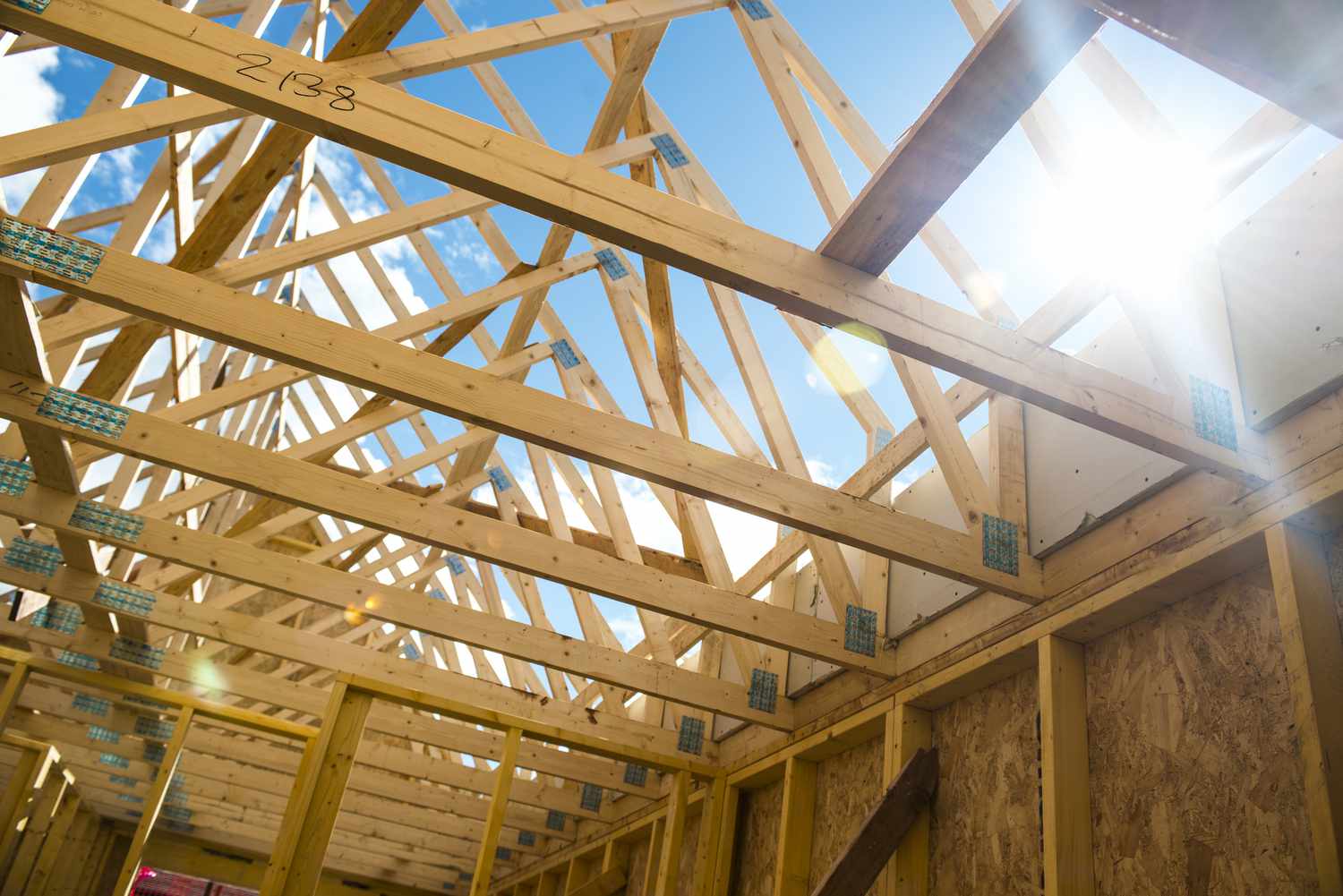
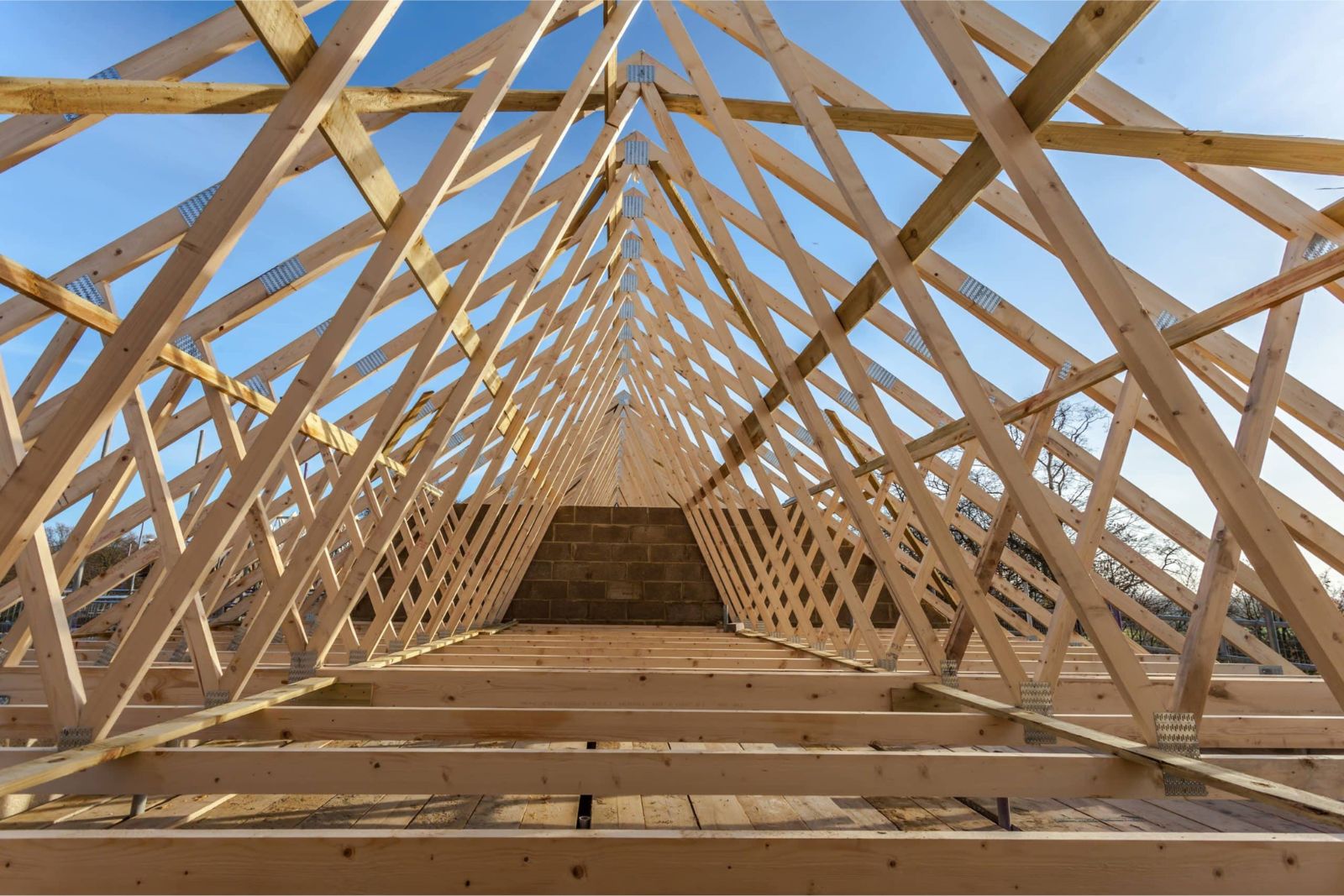
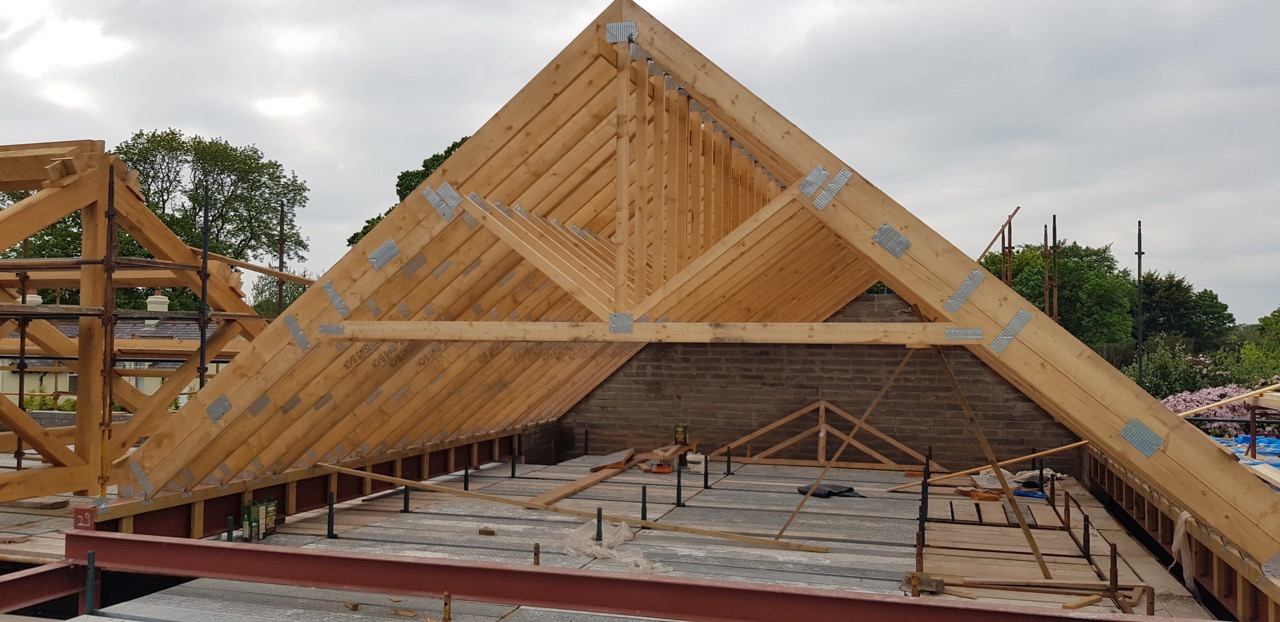
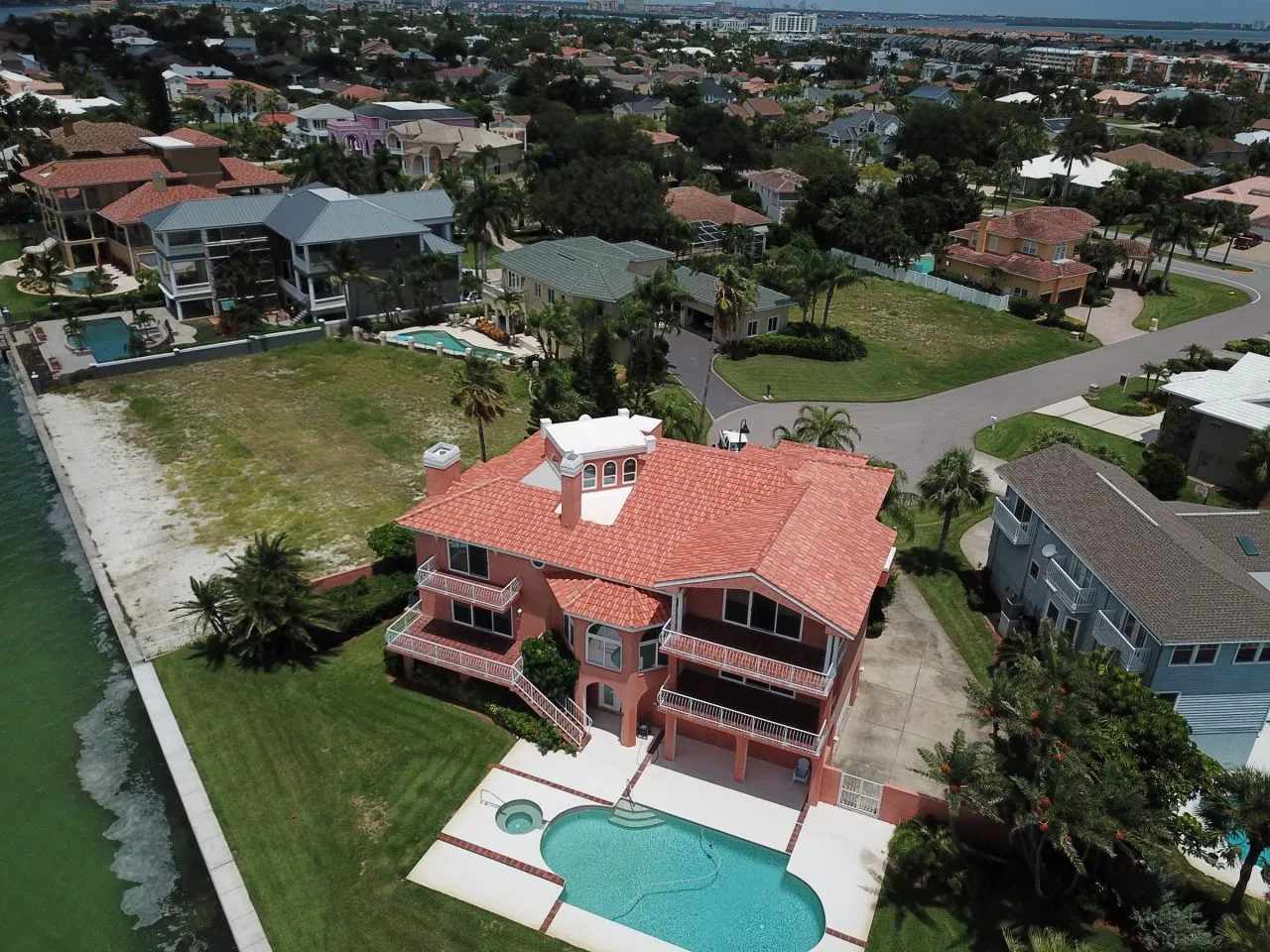
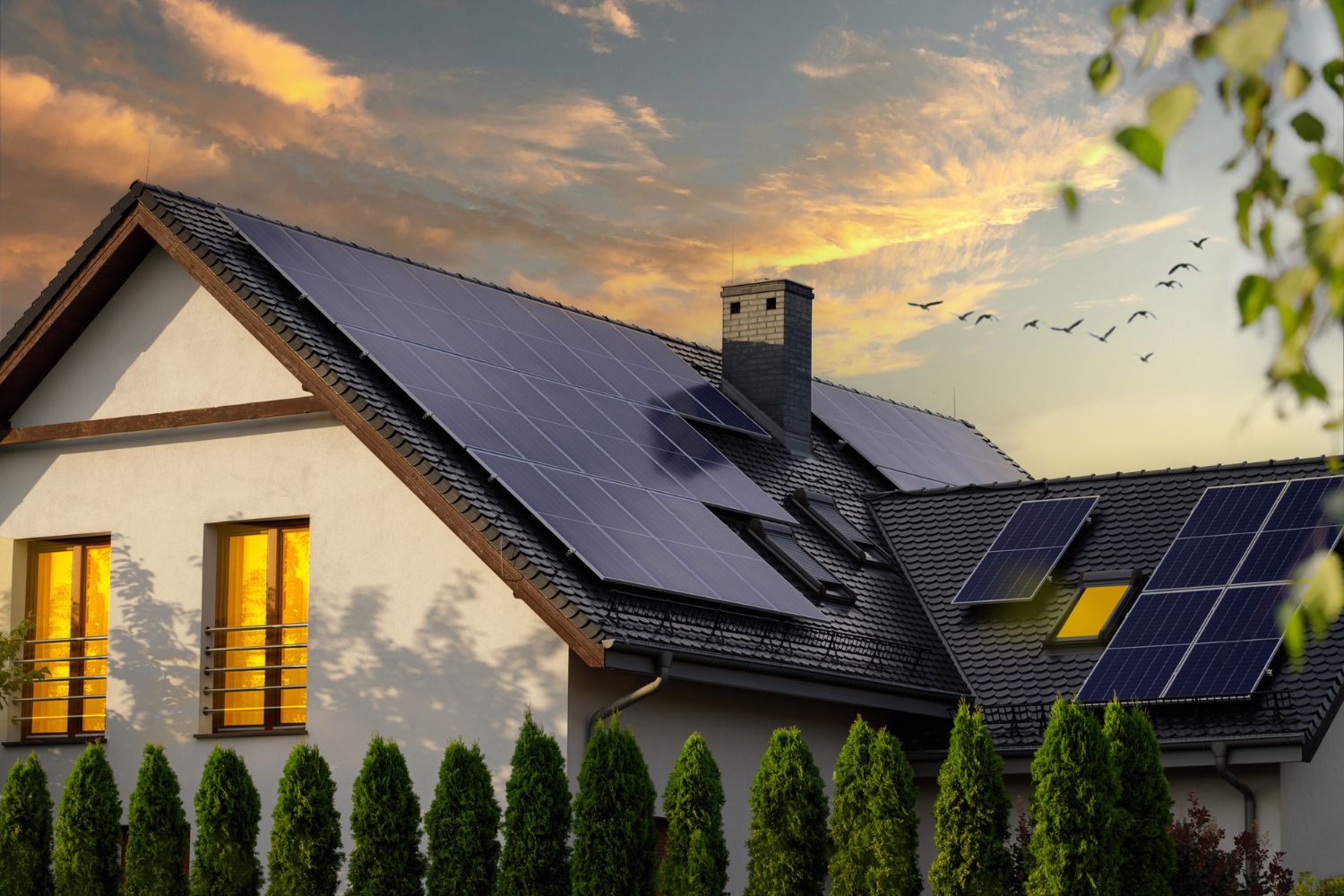
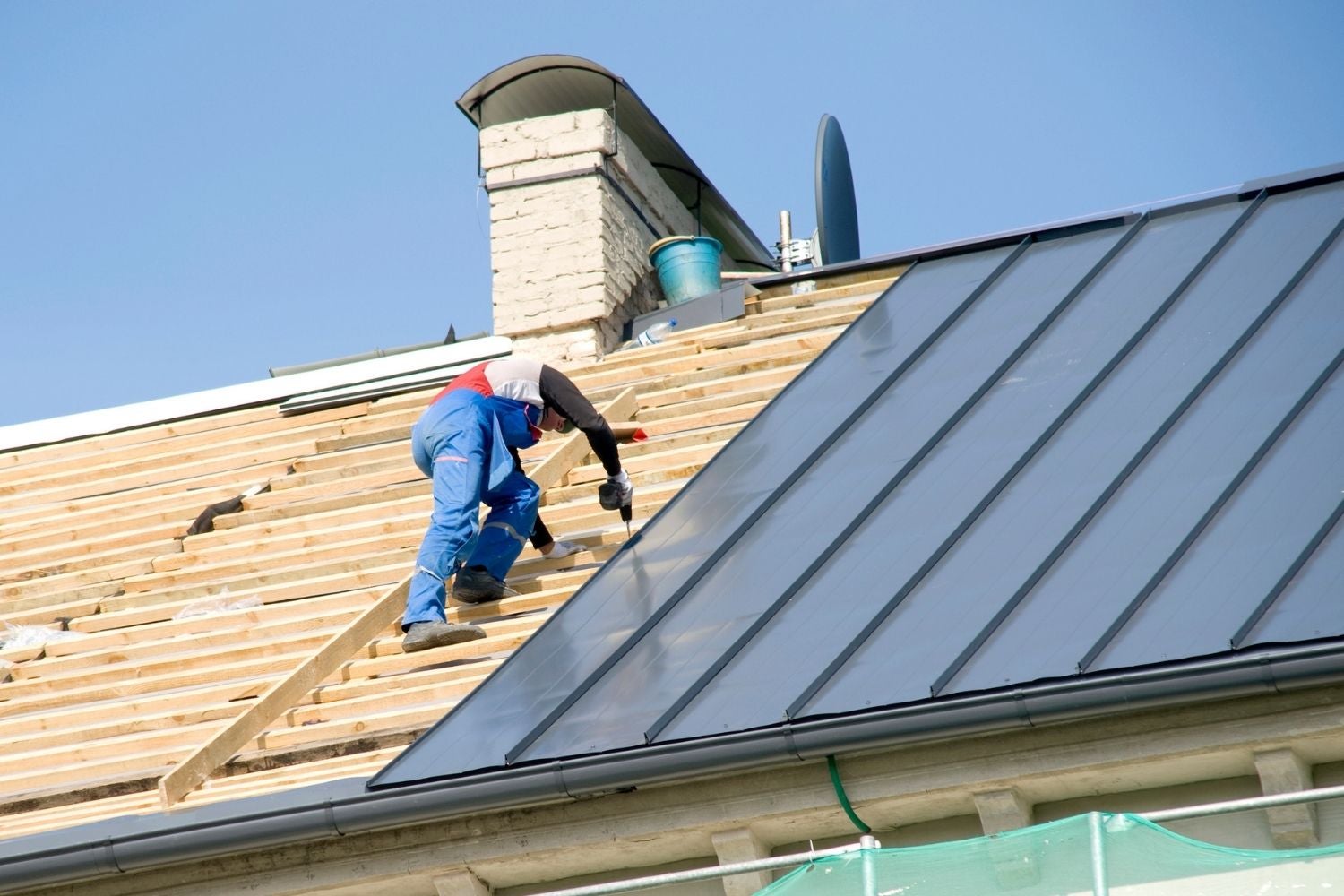
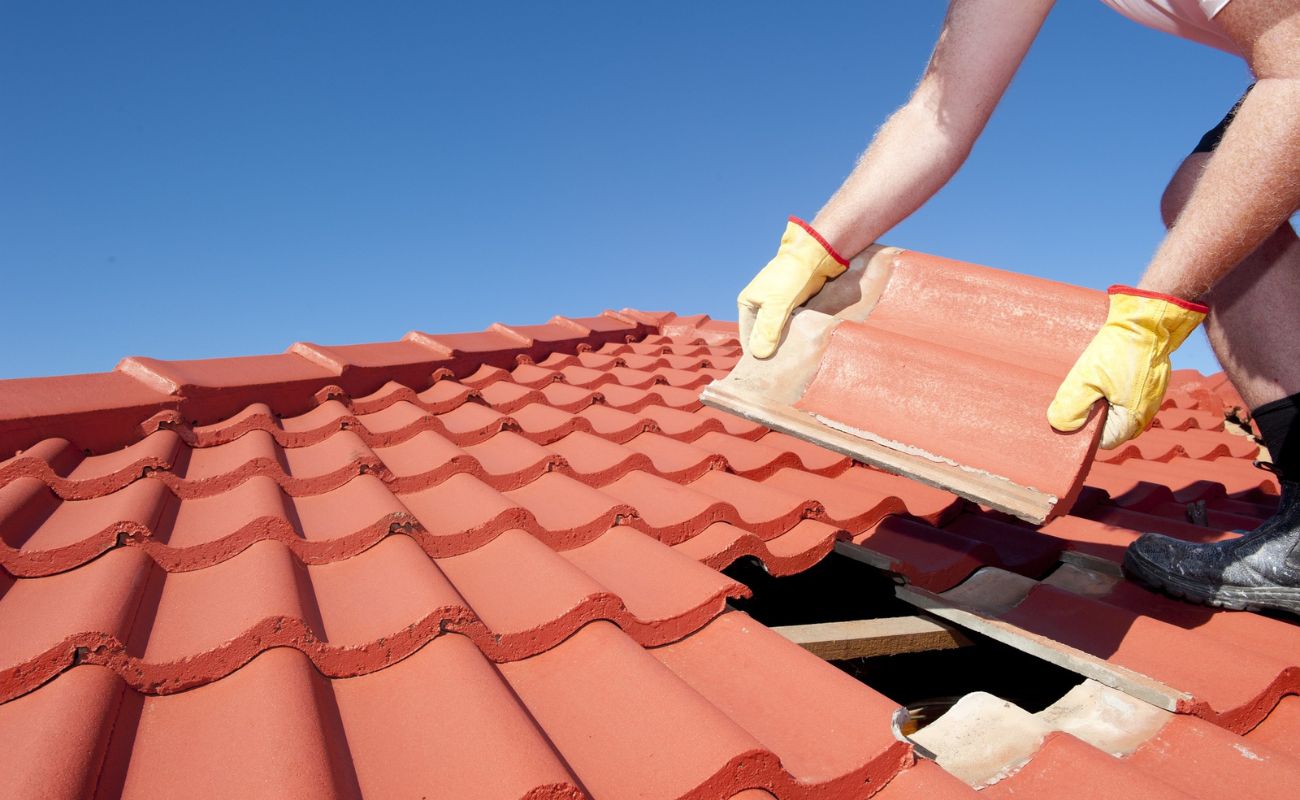
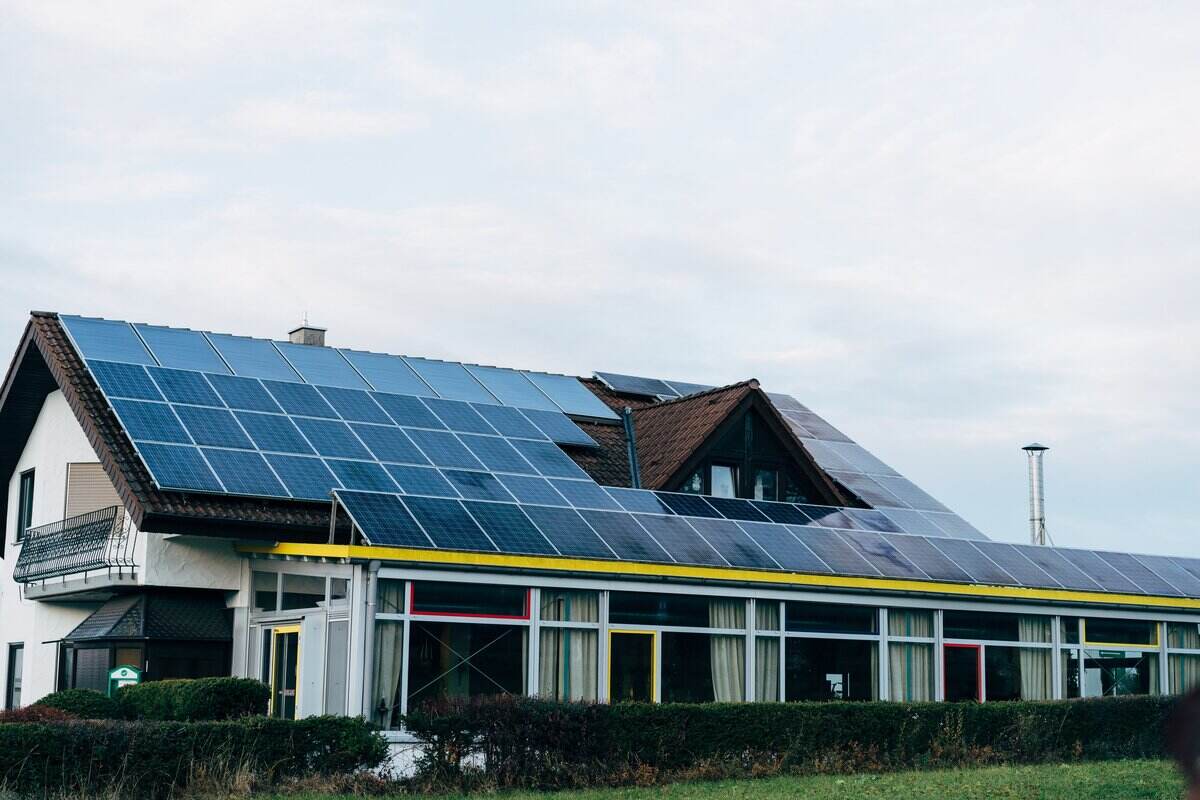
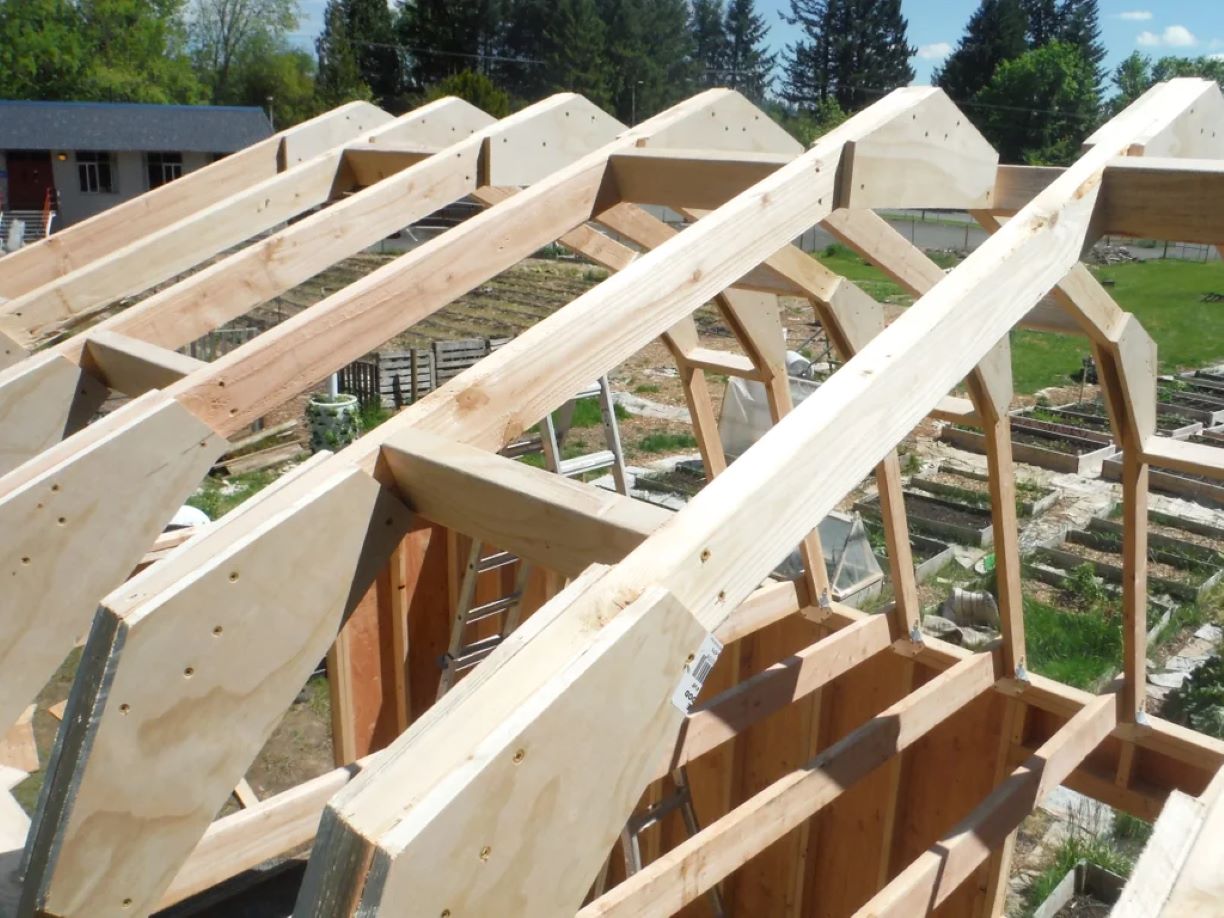

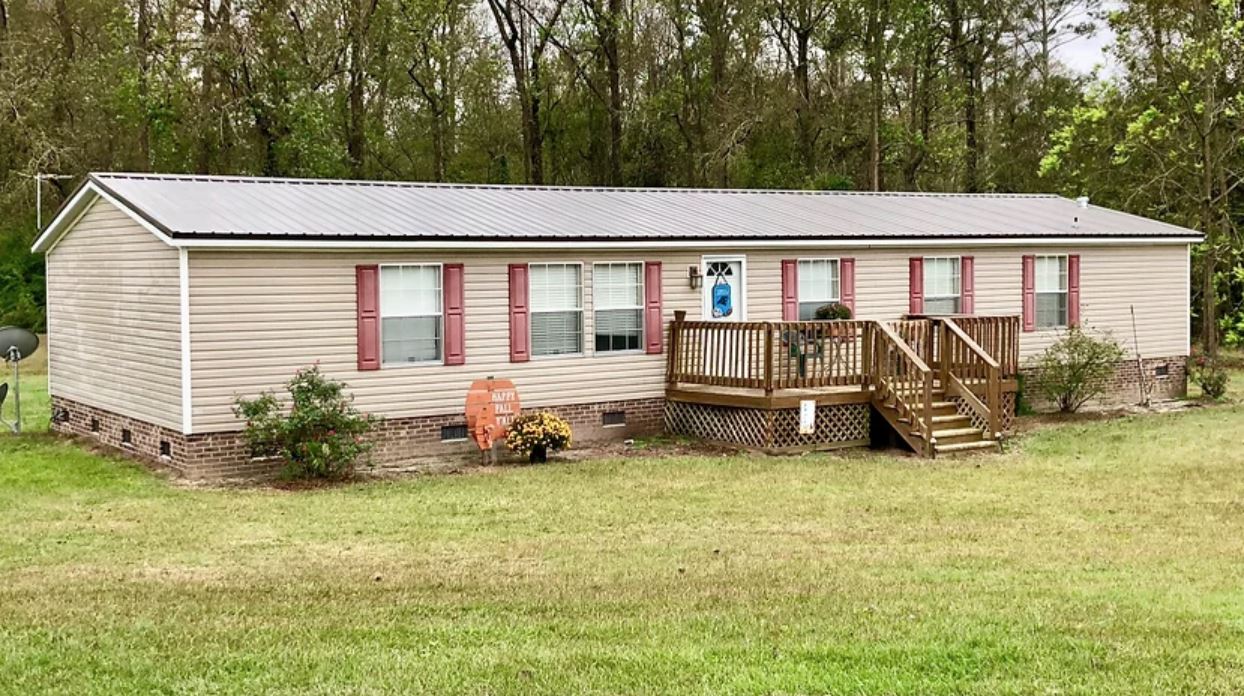
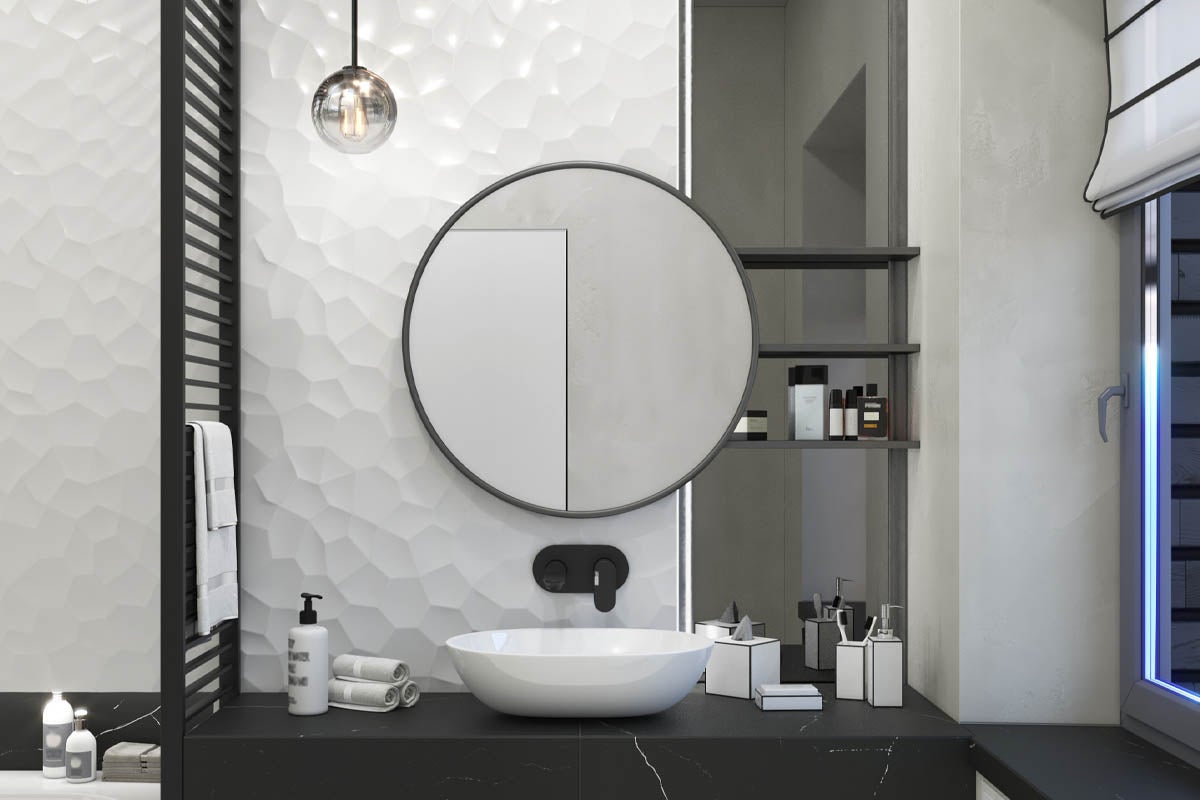
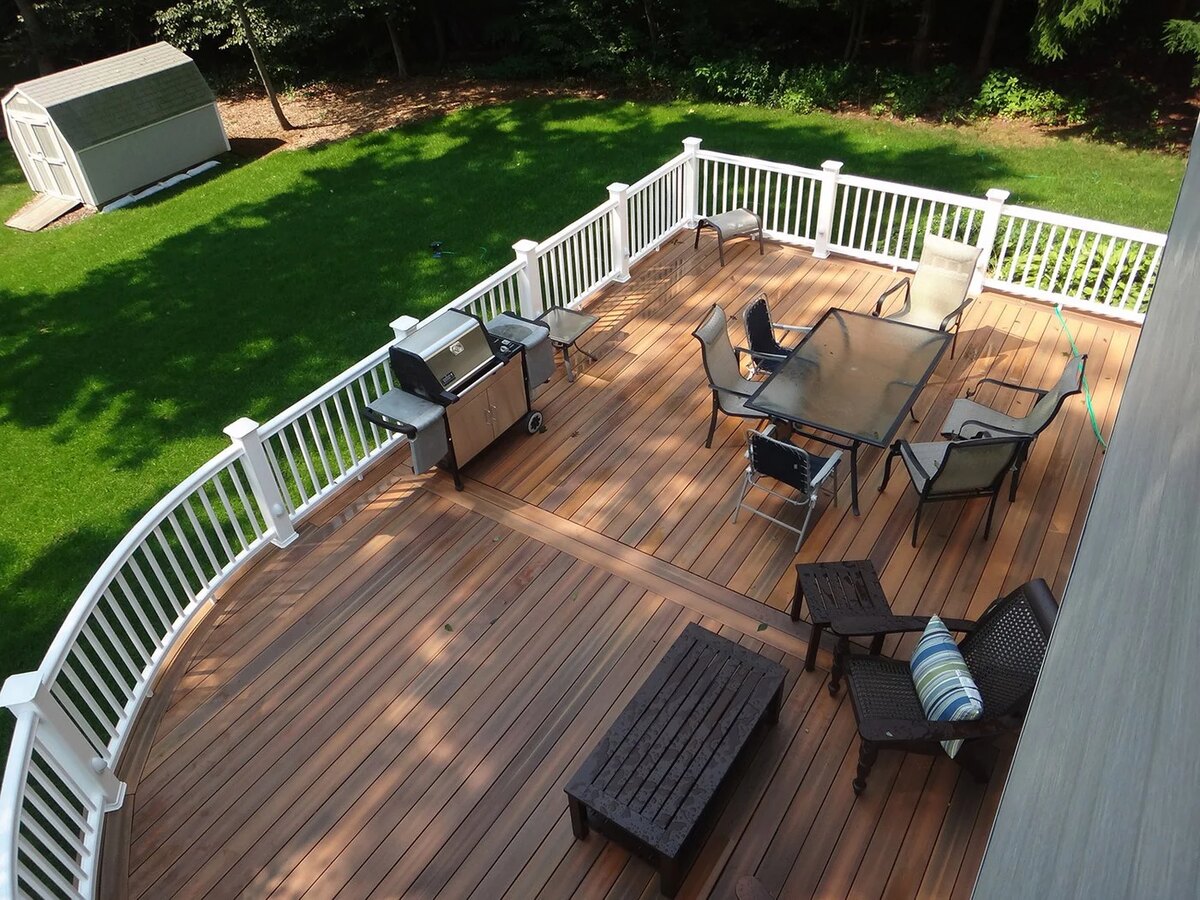
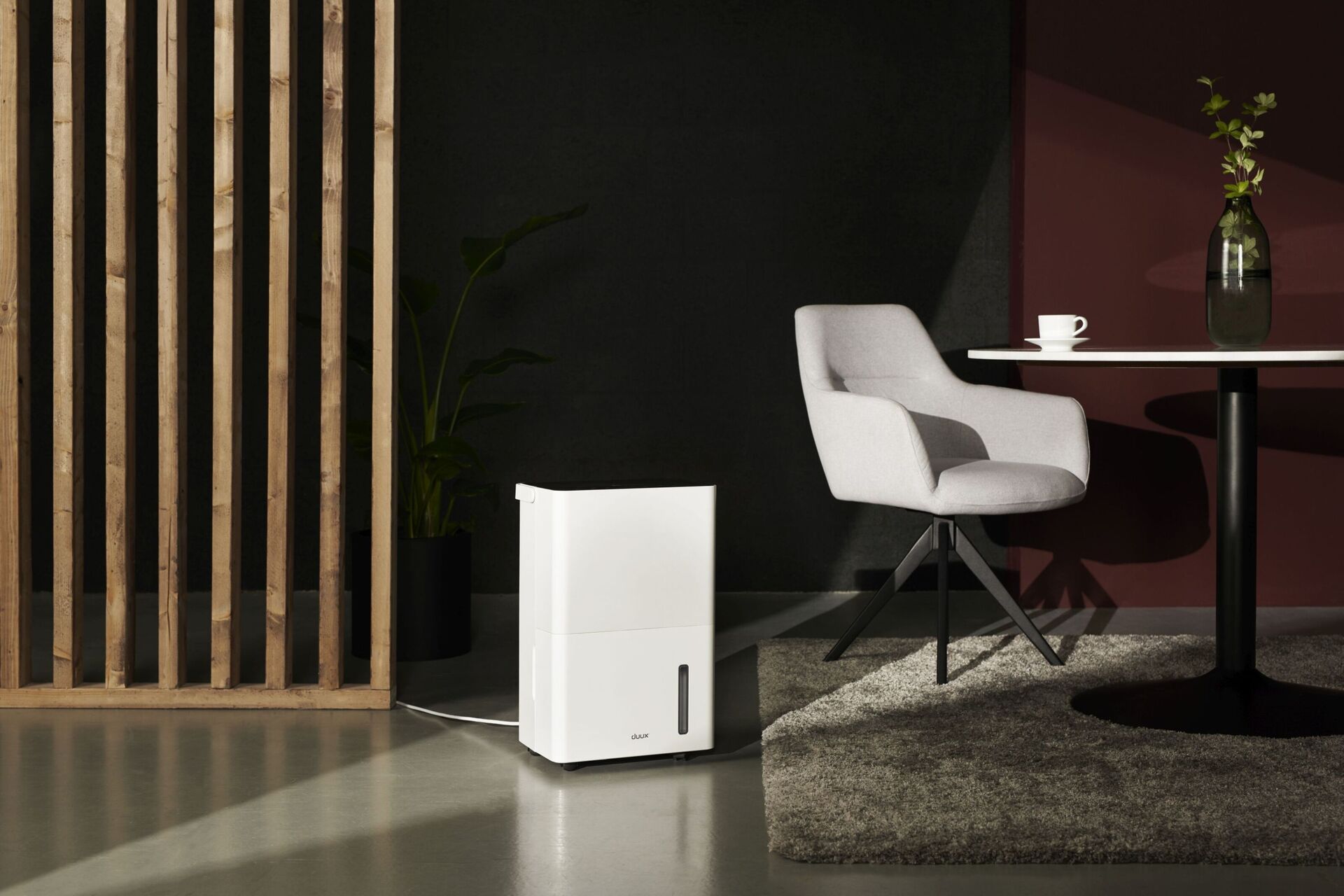

0 thoughts on “How Much Does Roof Trusses Cost”